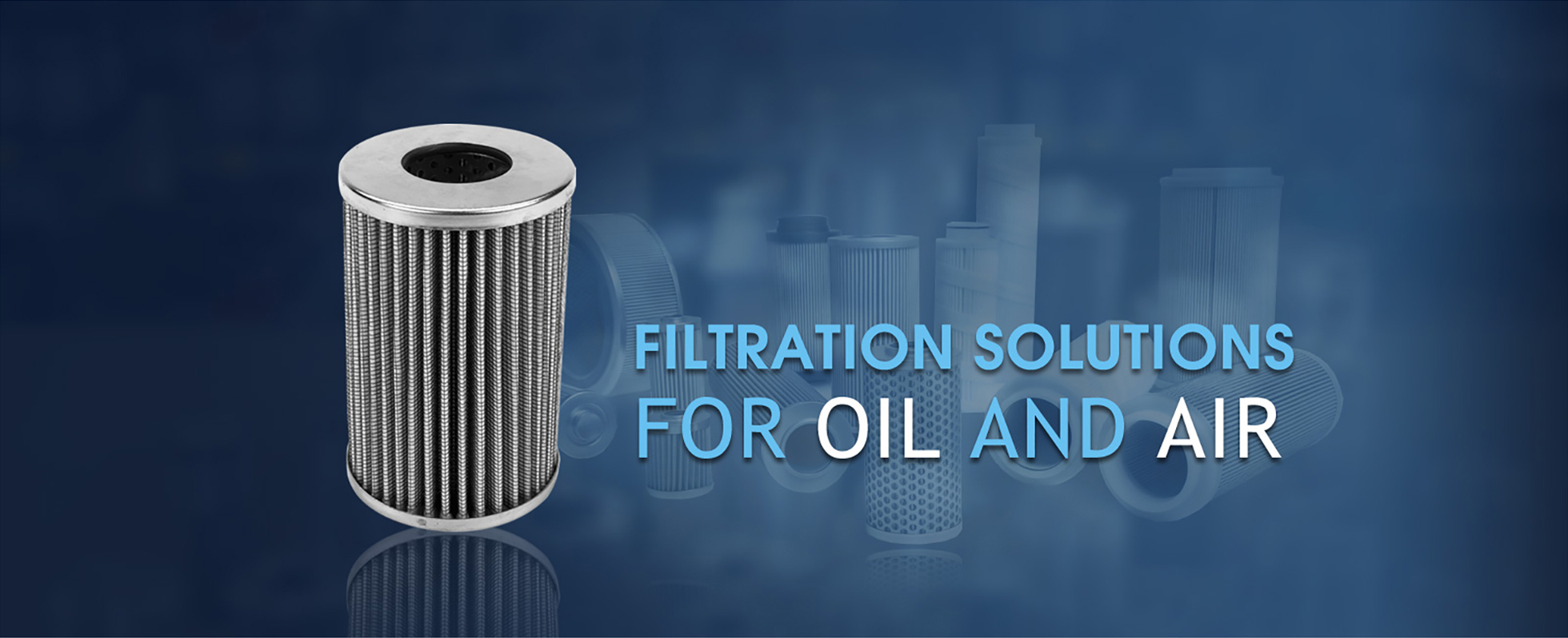
Nov . 07, 2024 17:47 Back to list
Applications and Benefits of Thrust Ball Bearings in Mechanical Systems
Applications of Thrust Ball Bearings
Thrust ball bearings are essential components in various mechanical systems, known for their ability to support axial loads while providing low friction, stability, and longevity. These specialized bearings are designed to handle axial thrust in one direction, making them invaluable in applications where high axial loads are present. Here, we explore some of the key applications of thrust ball bearings across different industries.
1. Automotive Industry Thrust ball bearings are widely used in automotive components, particularly in manual transmission systems. In such systems, these bearings facilitate the smooth operation of gears by handling axial loads generated during gear shifting. They are also present in clutch assemblies, where they support the axial thrust loads of the flywheel, ensuring efficient power transfer from the engine to the drivetrain. This application is crucial for the overall performance and reliability of vehicles.
Applications of Thrust Ball Bearings
3. Aerospace Engineering The aerospace sector relies heavily on thrust ball bearings for various applications, including landing gear mechanisms and rotor systems in helicopters. In landing gear, these bearings help support the loads encountered during takeoff, landing, and taxiing, contributing to the overall safety and reliability of aircraft. Similarly, rotor systems in helicopters use thrust ball bearings to manage the the use of axial loads generated during flight operations. Their ability to withstand extreme conditions, including temperature variations and heavy loads, makes them ideal for aerospace applications.
thrust ball bearing application

4. Marine Applications In marine environments, thrust ball bearings are crucial for the operation of propeller shafts and various marine equipment. The axial loads generated by the rotating shafts necessitate reliable bearings that can endure harsh conditions such as saltwater corrosion and constant exposure to heavy loads. Thrust ball bearings provide the necessary support and stability, ensuring the efficient operation of vessels and reducing the risk of mechanical failures.
5. Renewable Energy In the renewable energy sector, particularly in wind turbines, thrust ball bearings play a significant role in the effective operation of turbine gearboxes. These bearings help manage the axial loads that occur due to the wind's force on the blades. As the demand for renewable energy continues to grow, the reliability and efficiency of wind turbines become increasingly important. Incorporating high-quality thrust ball bearings can lead to improved performance, reduced downtime, and lower maintenance costs.
6. Robotics and Automation The rise of robotics and automated systems has created a demand for thrust ball bearings in precision applications. Robotic arms, for example, require components that can manage high axial loads while maintaining accuracy and speed. Thrust ball bearings are employed in joints and rotary mechanisms to ensure smooth movement and reduce wear over time, contributing to the longevity and efficiency of robotic systems.
Conclusion Thrust ball bearings are pivotal in various applications that require reliable and efficient management of axial loads. From automotive to aerospace, marine, and renewable energy industries, their versatility and durability make them crucial for enhancing performance and ensuring the smooth operation of machinery and equipment. As technology advances and industries continue to evolve, the demand for high-quality thrust ball bearings will undoubtedly expand, solidifying their role as indispensable components in modern engineering solutions.
Latest news
-
Spherical Roller Bearings Applications: Heavy Duty, Self-Aligning
NewsAug.30,2025
-
Premium Deep Groove Ball Bearings | High Speed & Reliability
NewsAug.29,2025
-
Durable Scaffolding Clamps - Secure & Reliable Tube Connectors
NewsAug.28,2025
-
Common Failures in Thrust Ball Bearings and Solutions
NewsAug.22,2025
-
How Tapered Roller Bearings Can Take Shock Loads
NewsAug.22,2025
-
Angular Bearings in High-Precision Spindles
NewsAug.22,2025
